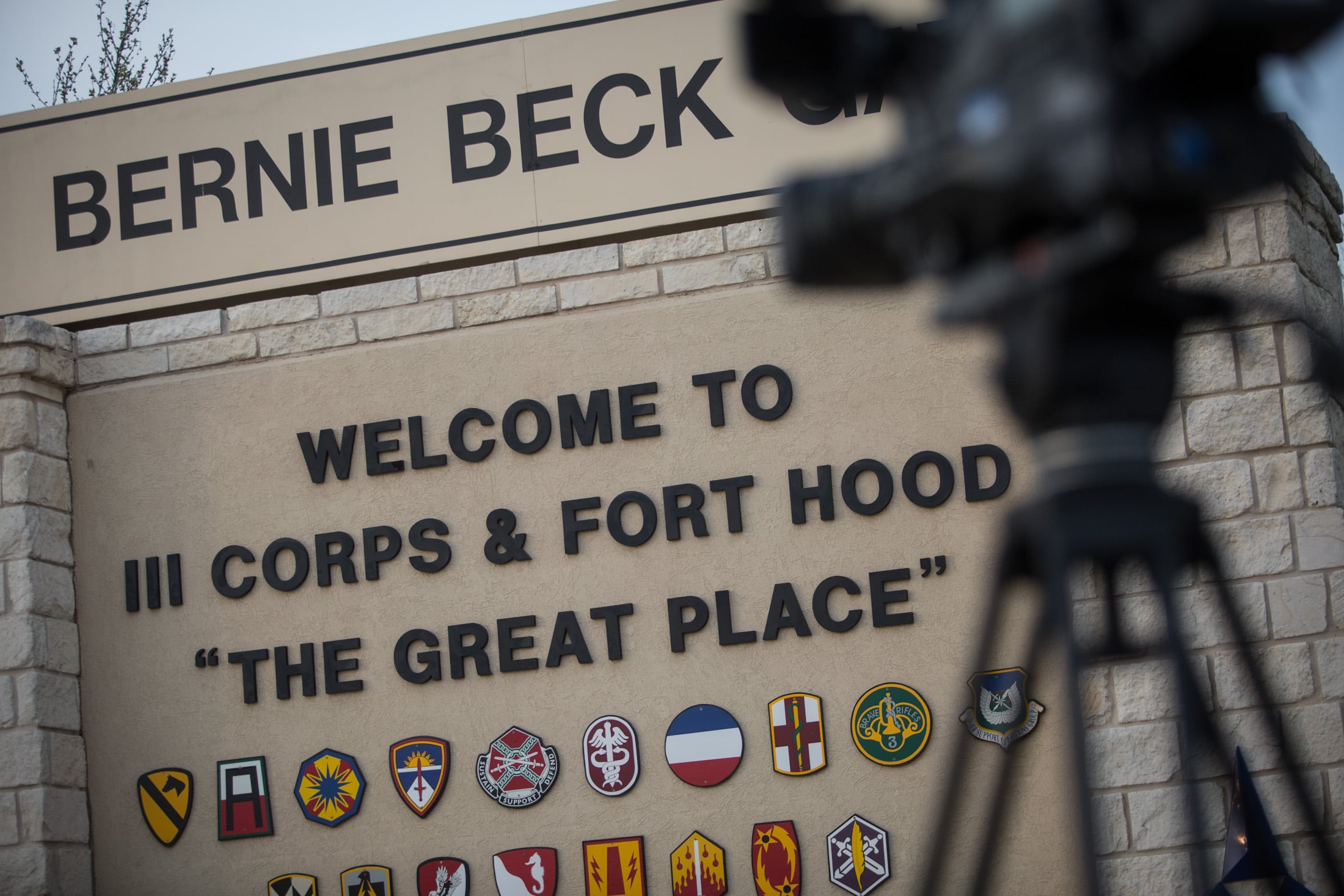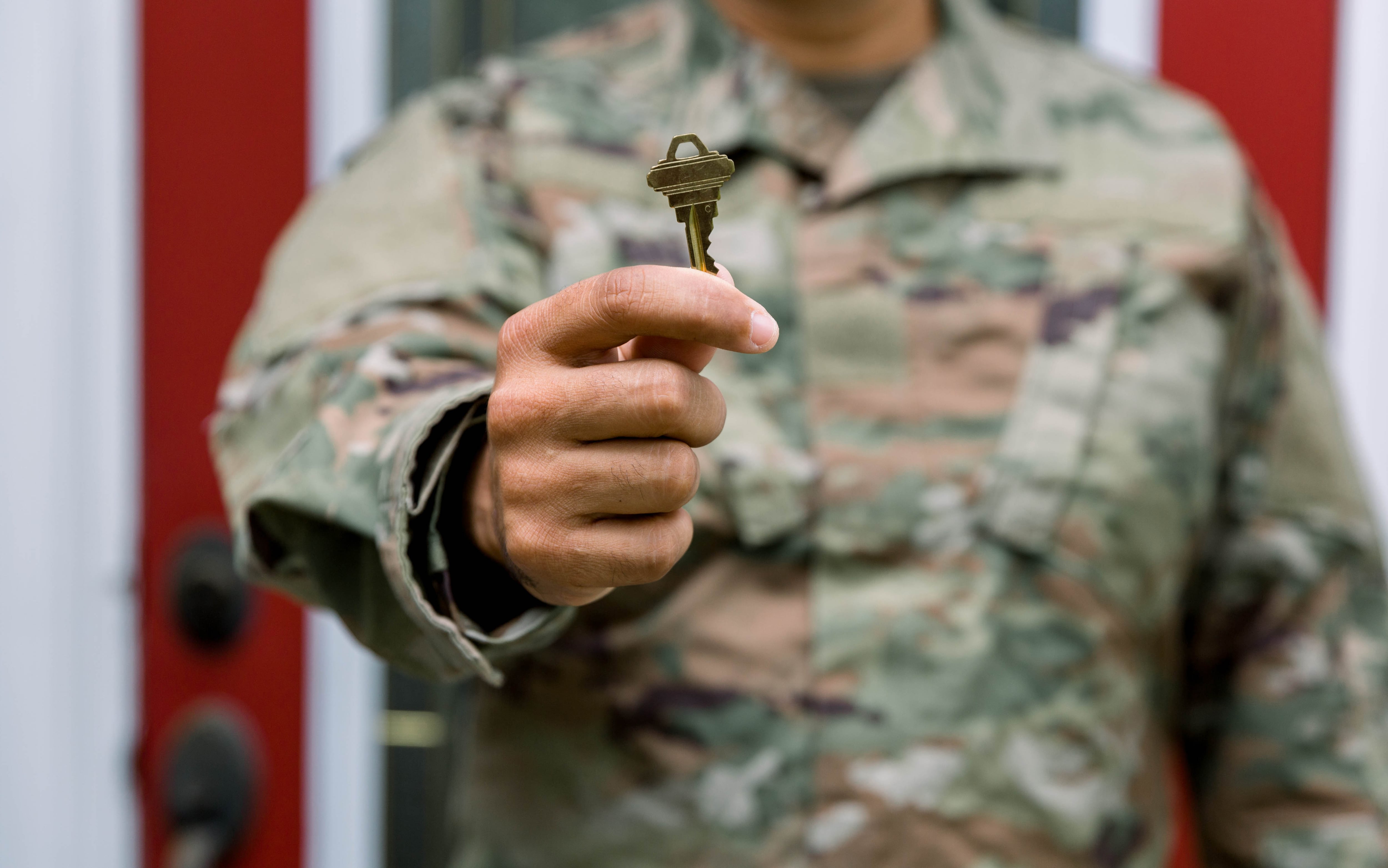Many of the most successful fighter pilots gained fame not only for their aerial tactics, but for their ability to pass their knowledge on to others. Ironically, some of those who handed down their tactical dictum to their men died because on one hubris-guided moment they disobeyed their own advice.
Among these victims of their own negligence were World War I ace of aces Manfred von Richthofen and second-ranking American World War II ace Thomas B. McGuire Jr.
Yet another cautionary tale was left by Neel Kearby.
While a second lieutenant in the Army Reserves in 1938, Kearby shot up the ranks after World War II broke out: captain on Feb. 1, 1942, major on March 1 and lieutenant colonel on Nov. 28.
In October 1942, Kearby was put in charge of a new unit, the 348th Fighter Group. It was the first outfit shipped to V Fighter Command in New Guinea equipped with the Republic P-47D Thunderbolt, a huge, sturdy single-engine fighter armed with eight wing-mounted .50-caliber machine guns.
American fighter jockeys in the South Pacific generally preferred the Lockheed P-38G Lightning, which had proven a highly successful ace-maker, while dismissing the P-47 “Jug” as too heavy and not maneuverable enough to dogfight nimble lightweights such as the Japanese navy’s Zero and the army’s Nakajima Ki-43 Hayabusa.
Once in command, however, Kearby became a hardcore “believer” in the P-47 and devoted himself to developing a doctrine for making the most of the Thunderbolt’s diving speed, while canceling out the Japanese advantages.
When the 348th moved to Port Moresby, Papua New Guinea, on July 14, 1943, its pilots had trained well under Kearby’s tutelage and its first combat flight on Aug. 16 yielded its first victim: a Ki-43 of the 59th Koku Sentai (air regiment) downed by 2nd Lt. Wilburn C. Henderson.
In spite of being 32 years of age — practically ancient by USAAF standards — Kearby was a believer in leading by example and on Sept. 4 he scored his first victories, a Mitsubishi G4M bomber and one of its Zero escorts.
Ten days later he outran and downed a Mitsubishi Ki-46, a twin-engine reconnaissance built for speed. On Sept. 23 he was promoted to colonel. Then, on Oct. 11, he shot down six Japanese aircraft in a matter of 15 minutes, a feat that led to his being awarded the Medal of Honor from Gen. Douglas MacArthur on Jan. 23, 1944.
Over the next few months Kearby and the 348th established themselves as forces to be reckoned with over New Guinea. On Jan. 9, 1944, he downed two fighters, bringing his score up to 21. At that point he was dividing his attention between flying alongside the 348th and, after Nov. 12, 1943, flying a desk in V Fighter Command while Lt. Col. Robert Richard Rowland assumed command of the 348th.
Kearby’s superior in Fifth Air Force, Maj. Gen. George C. Kenney, encouraged this arrangement to stir up a rivalry between aces, as he was already doing with P-38 champions Richard I. Bong and Tommy McGuire. Besides bringing out the deadly best in these outstanding pilots — and pitting the P-38s against Kearby’s P-47 — the publicity it generated kept the Fifth Air Force in the public eye and attracted re-equipment stateside.
On Feb. 8, 1944, Kenney put Kearby in command of the 308th Bombardment Group (Heavy), and it was during this command that Kearby forgot his own dictum.
On March 5, 1944, Kearby was leading Captains Samuel Blair and William D. Dunham at 22,000 feet altitude over the enemy airfields at Wewak when, at 1720 hours, they spotted three Kawasaki Ki-48 bombers heading toward Dagua for a landing.
The Japanese at Dagua spotted their comrades’ plight, however, and the 77th Sentai scrambled five Ki-43s up after the intruders.
Diving on their prey, each American ace was credited with one, but Kearby was not sure of his and circled around to make another pass. His 22nd victim splashed in the sea, but in making that second pass at relatively low altitude and reduced airspeed, he handed the advantage to the Hayabusas. The 77th Sentai’s log credited a P-47 each to Warrant Officer Koichi Mitoma and Sgt. Hiroshi Aoyagi, while suffering one plane badly damaged.
In July 1947 Australian War Graves personnel found Kearby in the wreckage of his plane, “Fiery Ginger IV,” just 1,800 feet from Dagua. The only intact remnant, the white vertical stabilizer bearing the serial 42-22668, was returned to the U.S. and in 2001 it was put on display at the National Museum of the United States Air Force beside a rebuilt plane in his markings.
Kearby’s remains were laid to rest at Sparkman Hillcrest Memorial Park.
Besides the Medal of Honor, Kearby was awarded two Silver Stars, four Distinguished Flying Crosses, five Air Medals and one Purple Heart. In 1959 a building on Sheppard Air Force Base is named in his honor and in 2010 the Texas Historical Commission and the City of Arlington unveiled a plaque and a statue of him in the Arlington Public Library.





